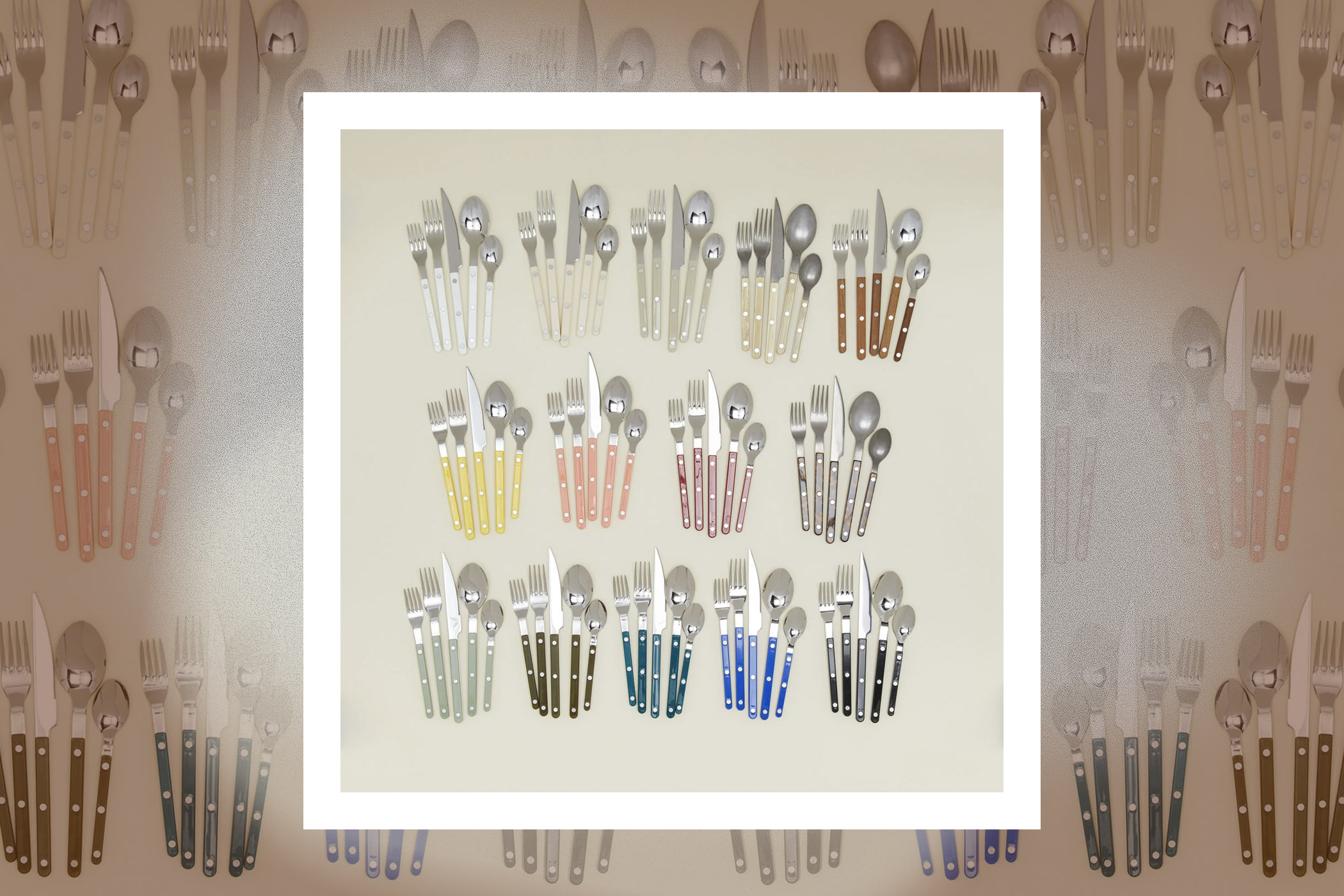- Studio Dirt
- Posts
- Grottocore
Grottocore
The people yearn for the grotto.

Daisy Alioto on the eternal appeal of decorative caves. This piece originally ran on Prune, a weekly newsletter about interiors, design and other things.

“What would you keep here?” or “What would you do with this room in the house” asks a popular tweet format, usually accompanied by a liminal storage or crawl space in a large, suburban (presumably American) home. These spaces are like glitches in the matrix of the suburbs—McMansions assembled so hastily these not-rooms latch on like barnacles.
The photo I am thinking of is a pentagon-shaped, carpeted space with two windows carved out into the surrounding hallway. It has its own hideous lighting fixture and at least two electrical outlets. I’ll tell you exactly what I would do with it—turn it into a grotto.
“Interior design begins with the grotto,” explains Hayley Jean Clark in her October 2024 interview for Dirt with Krista Mileva-Frank, the curator of a grotto-themed exhibition at Marta gallery in Los Angeles.
Historically, a grotto is a decorative cave—they can be outdoors or indoors, natural or artificial. “The etymology of grotto itself comes from the word for crypt. And, you know, there’s always a bit of a death drive to the grotto,” Mileva-Frank told Clark.
One of the most famous grottos in the world is the Blue Grotto in Capri. It was cited by Ludwig II of Bavaria, nicknamed the “Mad King”, in his folly the Venus Grotto on the grounds of his Bavarian palace. Ludwig died under mysterious circumstances after being removed from power in the 1880s.
As I wrote in 2020, “[The Venus Grotto] is a victim of water from all sides. Ground water permeates its walls, while the humidity of the lake compromises the fake stalactites above.” Fortunately, to paraphrase a Jordan Peterson tweet (lol) there are grottos everywhere for those with eyes to see.
Fortunately, to paraphrase a Jordan Peterson tweet (lol) there are grottos everywhere for those with eyes to see.
“Grottocore” is a trend in public and private spaces toward everything reminiscent of a grotto. It’s the new water feature at LaGuardia, the bedroom shrines of the Girl Internet, ugly conversation pits, bog memes, and the concerningly clean recesses of the restored Notre Dame. The private grotto is the respective man cave (podcast studio) or woman cave (Stanley cup closet) of the overblown Gender Wars. Not everyone can reclaim being a lapsed Catholic, but anyone can encrust their bedroom with shells.
But what does this mean for high end art? Look no further than Colette Lumiere’s Living Environment (1972–1983), a total transformation of her Downtown loft into a neo-grotto. “Lumiere began layering fabric, incorporating materials like satin, artificial leather, and metallic textiles, and adding soft pinks to her palette,” explains Artnews. It honestly sounds a lot like the transformed motel room at the center of Miranda July’s All Fours, one of the buzziest books of 2024. (Living Environment was reconstructed by Company Gallery two years ago.)
For another angle on the grotto, look no further than another 2024 title, Emily Witt’s Health and Safety, which takes place in the hidden recesses of the rave scene. “I want to create the grotto that Jesus comes out of after three days of Berghain, like religious, but also profane. Like a disco grotto, you know,” said Liz Hopkins, one of the artists featured in Krista Mileva-Frank’s exhibit at Marta. Yes, even a club can be a grotto, especially when the walls start dripping—it is both sacred and profane.
Looking to create the look of a grotto at home? Try a moss sconce from Augustine Ceramics, as recommended by Jocelyn Silver in Dirt’s holiday gift guide. A shell-encrusted drawer pull by artist Frank Traynor, or the more accessible clamshell dish from Gohar World. Line your walls with paper from Calico’s Terra collection and your floors with The Echo Rug by Mush in Puddle or Moss. Don’t forget to make sure everything smells like incense.

MORE FROM PRUNE
|
|
|
|
|

RECENT DIRT
|






